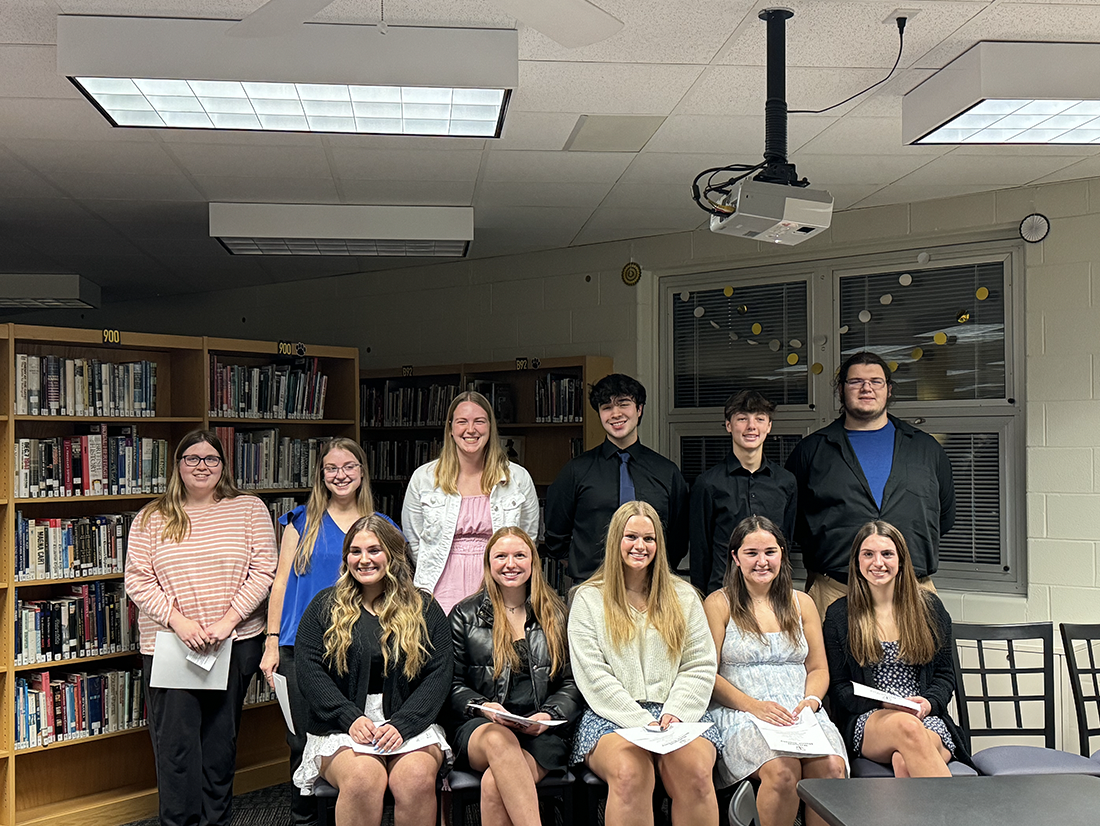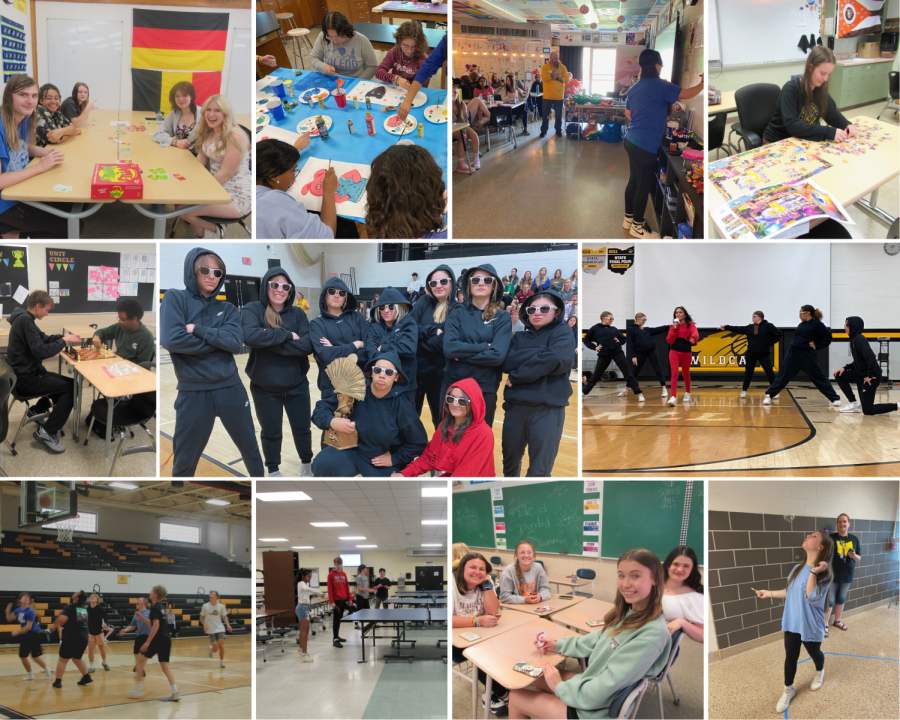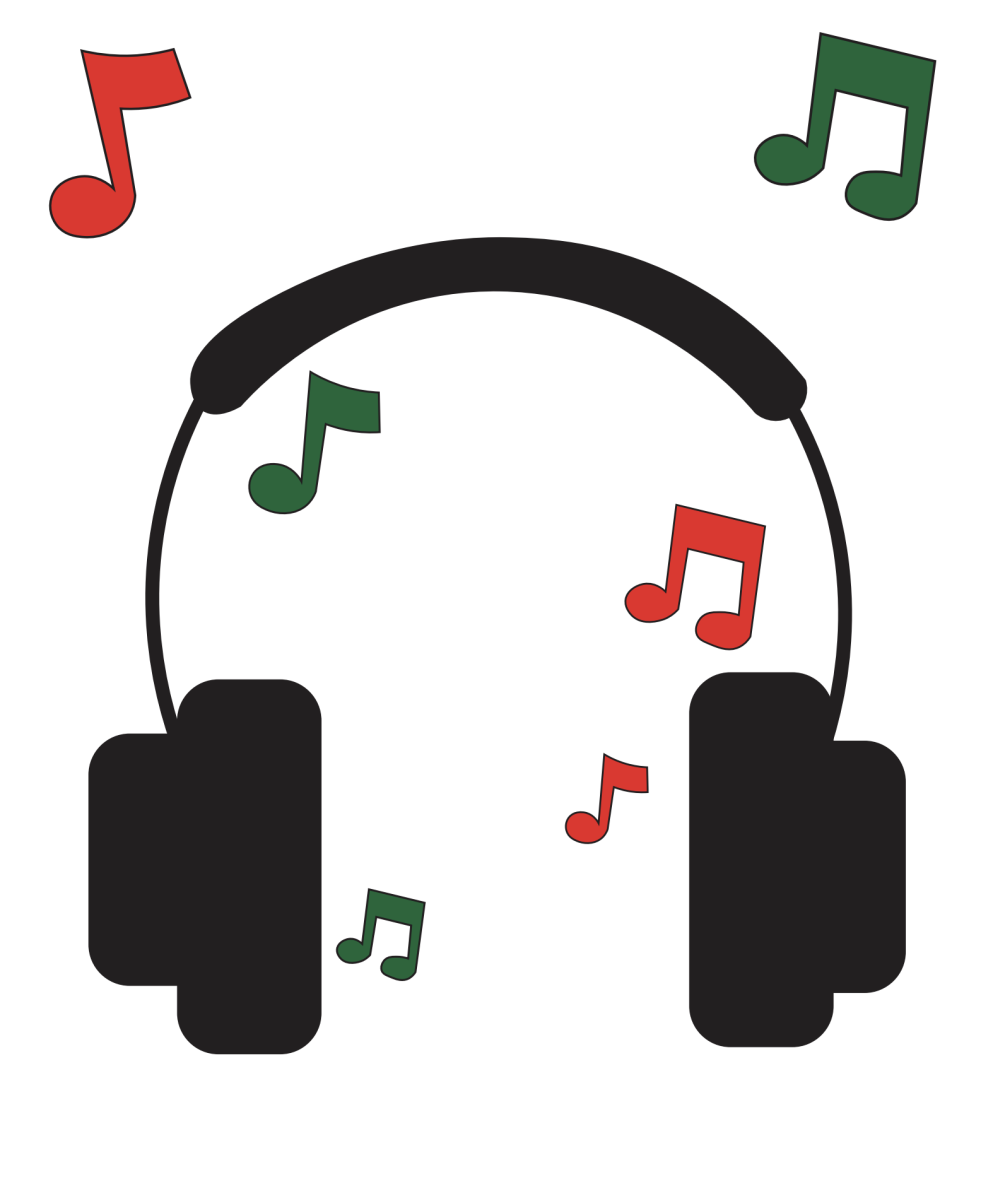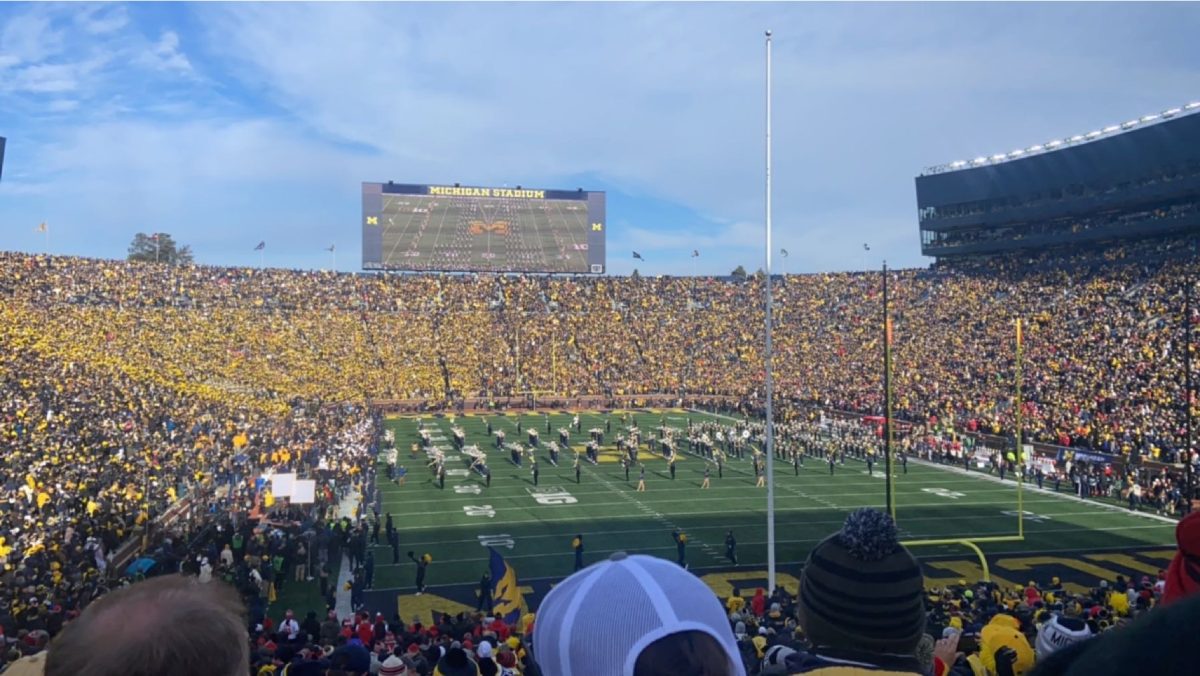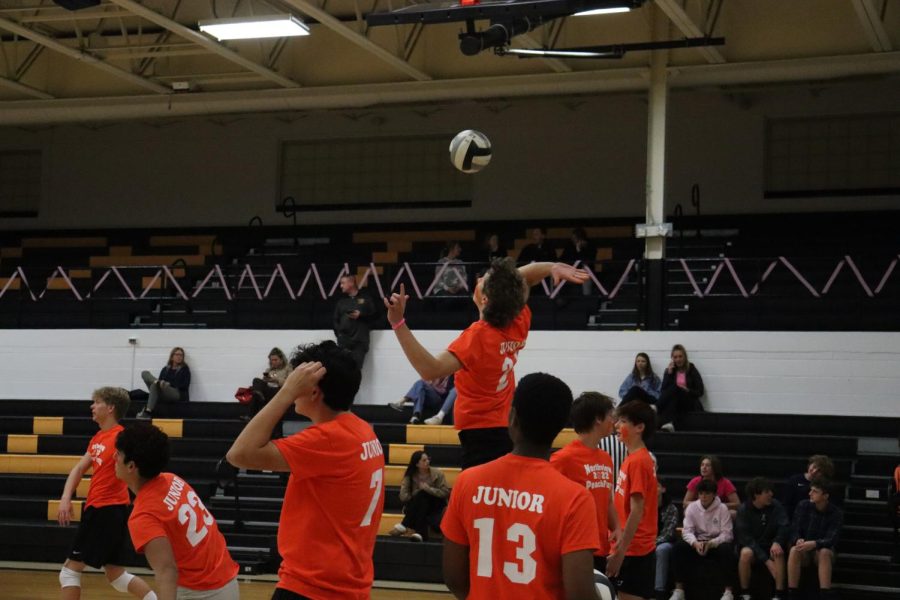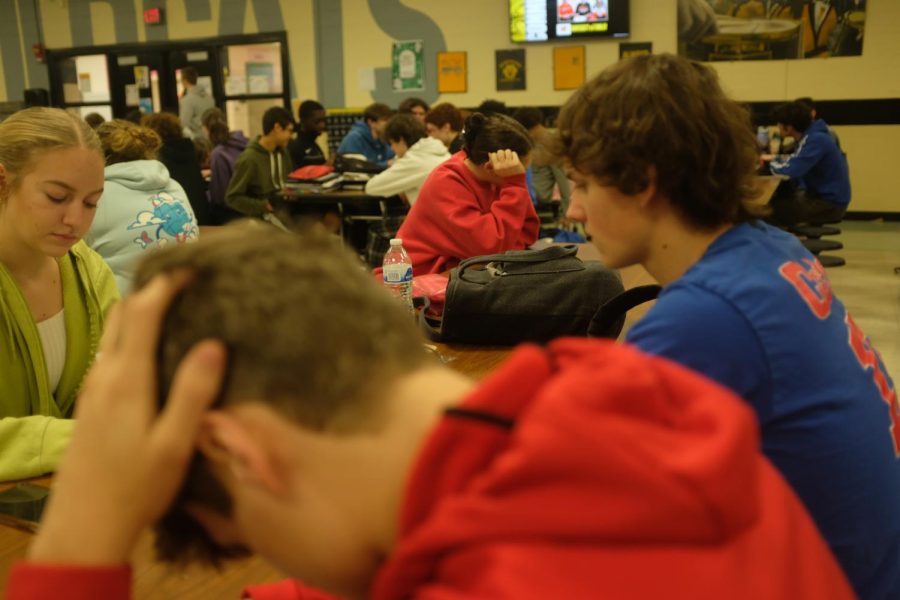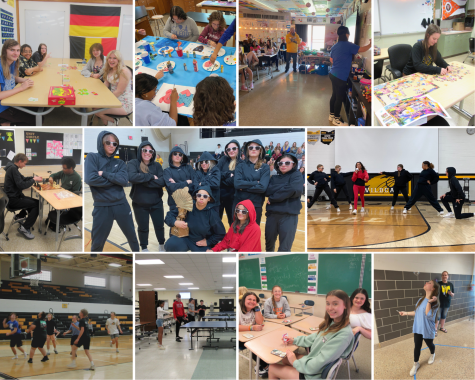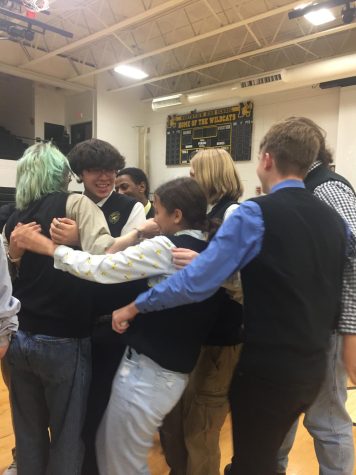Depression epidemic sweeps America
December 15, 2022
There have been many major epidemics throughout world history. In America, it began with The Yellow Fever in 1793. The illness spread like wildfire through the population, peaking and falling as the years went by. Most recently, the whole world suffered with the effects of the Coronavirus, and the different variants that emerged. While it may not be a virus caused by bacteria like the others, Depression is the next rising epidemic in America, and it is spreading across the country.
In the past we have treated viruses with vaccines and antibiotics, but depression is tougher. In order to slow it down and draw it back, it will take an understanding and willing society that is able to put in effort. We need to draw attention toward more research on treating and managing this disease, along with educating others on the warning signs and effects on each individual who is struggling. It is also important to make resources available for those who may not have access to them.
Schools and workplaces are advancing with their mental health resources every day. While access to counselors and hotlines has increased in the majority of schools, there are boundaries that restrict those who are struggling from revealing how they truly feel. Imagine a child develops depression over a long period of situational trauma and comes into school hoping for help. They send the child to the counselors and allow them to open up “freely.” The trauma this child has gone through is extensive, and they have experienced violence at home. CPS (Child Protective Services) is called but nothing is solved. If the child is sent to foster care, that is a whole different world of trauma and if they stay at home and CPS leaves, that’s another world of punishment. Because these counselors are required to admit concerning details to guardians, it may create future distrust within children about who they can go to. This can go the same way with adults, and domestic violence in general.
Implementing a trained psychologist resource for workers and students that isn’t required to admit private information could increase trust throughout schools and workplaces throughout the country, and improve rates of school work completion and overall academic motivation. Trust is the foundation of all connection and collaboration at work, school, and at home. When you fear your secrets will be told, it causes a severe lack of trust. With only a few counselors and thousands of students, the feeling of individual understanding and support can be slim. So many kids would be willing to come forward and speak if they didn’t fear being grouped with a set of other students.
Psychologists or therapists are a trusted source of security, whose main job is to help those struggling with mental illness. According to The American School Counselor Association, “Students’ unmet mental health needs pose barriers to learning and development. Because of school counselors’ training and position, they are uniquely qualified to provide instruction, appraisal and advice and short-term counseling to students and referral services to students and their families.” While they are able to provide short-term counseling and referral services, when this time is over and the referral is sent home, what happens next? If the depression is not treated, it is just left to worsen.
The Ohio Department of Education defines a School Psychologist as “Someone who provides direct support and interventions to students, families and other school professionals; works with school administrators to improve schoolwide practices and policies; and collaborates with community providers to coordinate needed services.” At Northview, we have two School Psychologists, specializing in special education, and an intern School Psychologist, who splits cases with her colleagues. “We have had a school psychologist for a long time, she’s been here for five years. They are required team members, they usually pertain to special needs and aren’t necessarily needed outside of behavioral issues,” Intern Psychologist Ms. Bielskis said. While they are open to the general population, the majority of their time is spent with more severe cases which cuts off access to struggling peers.
Integrating more school psychologists and counselors would decrease the ratio of student to guidance. Right now the ratio is around one counselor to every 300 students, if we were to decrease that, it could encourage children to speak out and have a voice for themselves. Instead of worrying they have nowhere to turn, this gives people direct access to a reliable source, which can be flexible according to your emotional needs and leaves no trust barriers in place.

